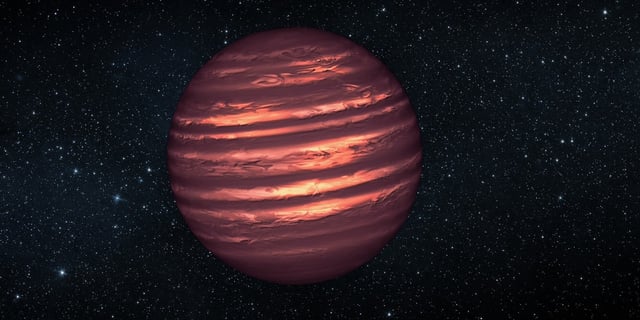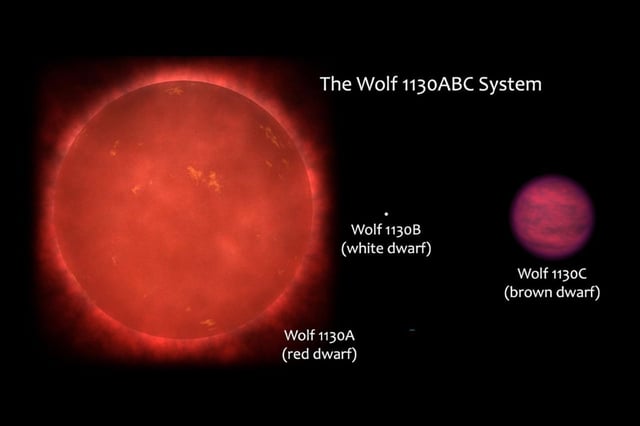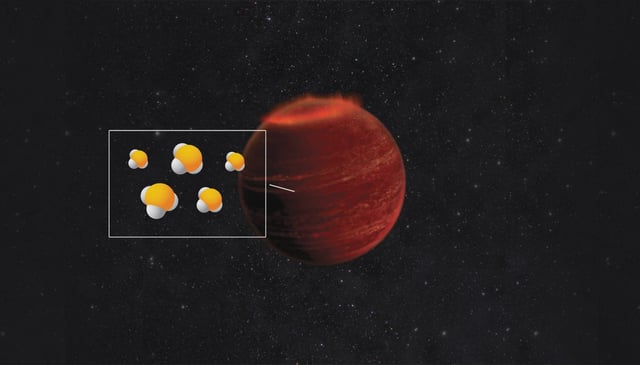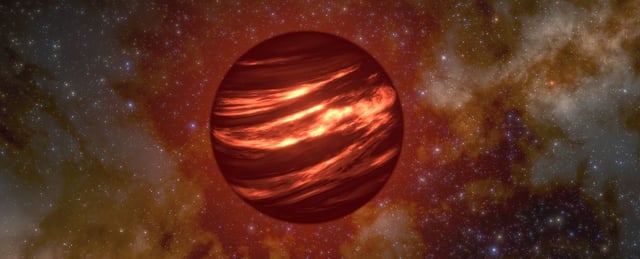Overview
- The Science study reports PH3 at 0.100 ± 0.009 ppm in Wolf 1130C, the first clear brown-dwarf detection of the molecule.
- JWST’s NIRSpec captured multiple phosphine absorption lines, with abundances quantified via atmospheric retrievals led by Eileen Gonzales.
- The result contrasts with prior brown-dwarf and exoplanet observations that found phosphine far below expectations or not at all.
- Authors suggest low metallicity, possible phosphorus supplied by a white-dwarf companion’s past novae, or strong vertical mixing as testable explanations.
- Scientists caution against treating phosphine as a standalone biosignature and call for further JWST observations and improved phosphorus-chemistry models.



